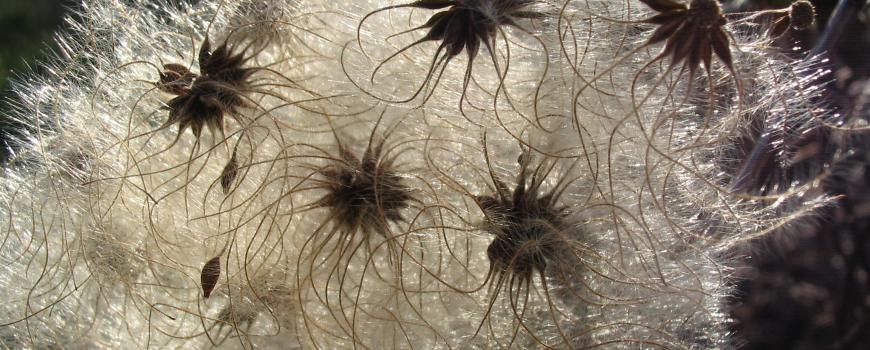To receive occasional eNews updates from the Marianist Environmental Education Center, click here.
The Marianist Environmental Education Center (MEEC) is an environmental education community in the Catholic tradition. In Mary's hope-filled spirit, we preserve and act in communion with the land and educate other communities in sustainability through ecology-based simple living, social justice and spirituality.
The 147-acre Mount St. John (MSJ) property lies within the Little Beavercreek Watershed in the suburban/rural transition zone in Greene County east of Dayton, Ohio. It was purchased by the Marianist Province USA in 1910 and was farmed until the mid-1960s. Much of the land lay fallow until the mid-1980s when Interstate 675 was constructed along the property’s eastern border and 75,000 cubic feet of sand and gravel were harvested for highway substrate. The resulting 14-acre borrow pit was hydro-seeded with eight native grasses in one of our region’s earliest prairie restoration projects. MEEC was founded in 1992 to manage the initial prairie and to restore several additional acres of prairie and 40 acres of oak-hickory-dogwood woodland including a 0.5-acre woodland fen. MEEC was also tasked with training others in the burgeoning field of ecological restoration.
In 1994 MEEC established nurseries to protect, propagate and distribute local genotypes of native plants that today totals over 350 species, including 12 listed as threatened, potentially threatened or endangered in Ohio. We have grown nearly 60,000 plants for restoration at MSJ and for land management contracts with our regional partners including Darke, Miami and Montgomery County Soil and Water Conservation Districts, Five Rivers MetroParks, Greene County Parks, the University of Dayton, the City of Dayton, Calvary Cemetery and Sunwatch Indian Village. We host an annual native plant public sale and lead native plant education programs.
MEEC’s founder and lead restorationist Bro. Don Geiger, SM, Ph.D., professor emeritus of biology at the University of Dayton and founding member of the Beaver Creek Wetlands Association (BCWA) and the Ohio Prairie Association, established the bush honeysuckle (Lonicera maackii) control protocols used by land managers throughout the midwest. We have also established best practices for controlling multiple non-native plants including garlic mustard (Alliara petiolata) and wintercreeper (Euonymus fortunei). Dr. Geiger’s story is told in the documentary Fire, Rain, Wind, Snow and Fire: The Story of a Prairie. He retired from MEEC in 2016, and was succeeded as lead restorationist by long-time land resource manager Michele Banker, MS.
The property was designated as an Ohio Natural Landmark in 1988 by the Ohio Department of Natural Resources as “an outstanding environmental education area possessing exceptional value in illustrating and interpreting the natural heritage of Ohio.” In 2005 MSJ and our friends at BCWA were recognized as Partners for Fish & Wildlife by the US Fish & Wildlife Service who funded the expansion of created wetlands for stormwater management and additional woodland restoration. Also in MEEC won the Creation Care Award from the National Religious Partnership for the Environment for our restoration and education work. MSJ was designated as a Groundwater Guardian Green Site in 2011.
A conservation easement supported by the Clean Ohio Greenspace Fund, finalized in 2019 to protect 62 acres of the Marianist Nature Preserve at MSJ in perpetuity, notes “the property’s various microbiomes facilitate a highly bio-diverse system, giving rare and uncommon indigenous species of plants and animals an opportunity to thrive.”




